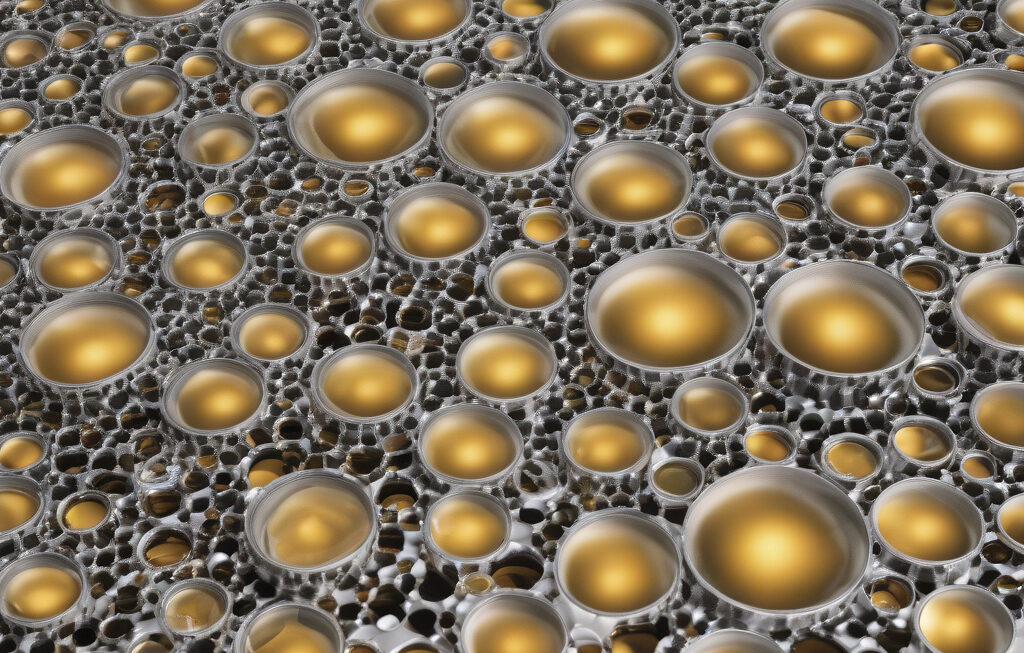A Breakthrough in Space Tech and Battery Innovation: Non-Toxic Method for Producing MXene
Researchers at TU Wien have developed a new, non-toxic method for producing MXene. The nanomaterial, known for its exceptional conductivity and strength, is a game-changer in various industries, particularly in space technology and battery production.
MXene, a two-dimensional nanomaterial, has garnered significant attention due to its remarkable properties. It is an excellent conductor of electricity and heat, highly flexible and durable, making it an ideal candidate for a wide range of applications. However, traditional methods of producing MXene involve the use of hydrofluoric acid, a highly toxic and corrosive substance that poses serious health and environmental risks.
The innovative approach developed by the researchers at TU Wien eliminates the need for toxic chemicals in the production process, making it safer and more environmentally friendly. By using an electric trick, the team was able to achieve the same high-quality MXene material without compromising on its performance.
This breakthrough has far-reaching implications, especially in the aerospace industry. MXene can be used to develop lightweight yet strong components for spacecraft, satellites, and rovers, enhancing their efficiency and durability in the harsh conditions of space. Its superior conductivity also makes it an excellent candidate for improving energy storage and power distribution systems on space missions.
Moreover, the non-toxic production method opens up new possibilities for the widespread use of MXene in consumer electronics, renewable energy systems, and electric vehicles. With the increasing demand for sustainable and eco-friendly materials, MXene stands out as a promising solution to meet the needs of an ever-evolving technological landscape.
In the realm of battery technology, MXene has shown great potential for revolutionizing energy storage. Its high conductivity allows for faster charging and discharging rates, leading to more efficient and durable batteries. By replacing toxic acids with a safer production method, the scalability and commercial viability of MXene-based batteries are significantly enhanced.
The development of a non-toxic method for producing MXene not only paves the way for safer and more sustainable manufacturing processes but also accelerates the adoption of this miracle material in various industries. As researchers continue to explore the full potential of MXene and its applications, we can expect to see further innovations that will shape the future of technology and enable new possibilities in space exploration, energy storage, and beyond.
In conclusion, the groundbreaking work done by the researchers at TU Wien highlights the importance of sustainable innovation in material science. By replacing toxic chemicals with a safer alternative, they have set a new standard for producing high-performance materials like MXene. The impact of this discovery reverberates across industries, offering a glimpse into a cleaner, greener, and more advanced future driven by cutting-edge technology.
electric trick, non-toxic method, MXene, space tech, batteries










